SUMMARY
This is AI generated summarization, which may have errors. For context, always refer to the full article.
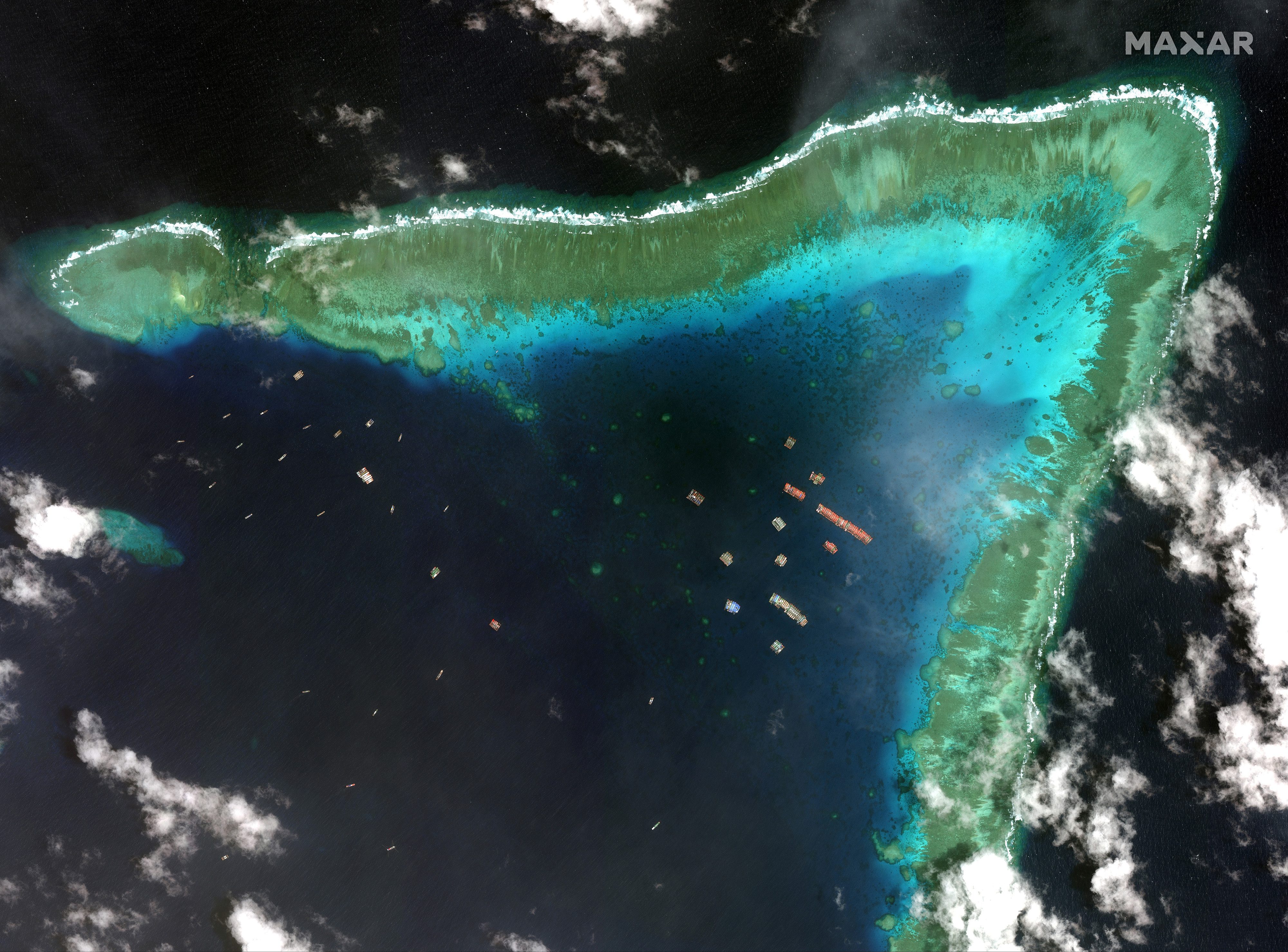

Europe, Canada, New Zealand, and the United Kingdom were the latest to express concern over flaring tensions in the South China Sea, adding their weight to increasing pressure over China’s recent actions in the maritime area.
Putting up a united front, the countries issued statements of concern just days after the United States, Australia, and Japan called out “destabilizing actions” that could undermine peace and stability in the volatile waterway.
Tensions have risen in the South China Sea over the continued presence of hundreds of Chinese vessels near Julian Felipe Reef (Whitsun Reef) in the West Philippine Sea, prompting experts to warn that it could be a “prelude” to China occupying another maritime feature in Philippine waters.
The lingering of Chinese ships, initially spotted on March 7, has prompted the Philippines to file a diplomatic protest against Beijing. The Philippines’ National Task Force for the West Philippine Sea earlier reported it believed the fishing vessels were manned by Chinese maritime militia due to their continued presence in the area. The ships appeared to show no signs of “actual fishing activities.”
What they’re saying
On Thursday, March 25, European Union (EU) Ambassador to the Philippines Luc Vernon stressed that the regional bloc “cannot allow countries to unilaterally undermine” the rule of law in the South China Sea.
“At EU-ASEAN ministerial, Josep Borell said ‘We cannot allow countries to unilaterally undermine international law and maritime security in the South China Sea, thereby representing a serious threat to the peaceful development of the region.’ EU stands by rules-based order UNCLOS,” Vernon said in a tweet, citing Borell, the EU’s High Representative for Foreign Affairs and Security Policy.
British Foreign Minister Nigel Adams had made the same call in a discussion with Philippine Foreign Secretary Teodoro Locsin Jr, saying the UK shared the Philippines’ concerns in the South China Sea, “including actions which raise tensions there.”
Canada echoed this as it explicitly called out China’s moves in Julian Reef, about 175 nautical miles west of Bataraza, Palawan.
“Canada opposes recent Chinese actions in the South China Sea, including off the coast of the Philippines, that escalate tensions and undermine regional stability and the rules-based international order,” said Canadian Ambassador to the Philippines Peter MacArthur.
In an official statement from the Philippines’ Department of Foreign Affairs (DFA), New Zealand also echoed calls to uphold the rule of law in the South China Sea during its meeting with members of the Association of Southeast Asian Nations.
New Zealand, the Philippines added, also called for self-restraint, cooperation to build trust and confidence in the area, and peaceful resolution of disputes. Like other countries, New Zealand expressed support for the landmark 2016 Hague ruling that the Philippines won against China.
Meanwhile, Vietnam’s Foreign Ministry spokeswoman Le Thi Thu Hang said the Chinese vessels at the reef, which Hanoi calls Da Ba Dau, had infringed on its sovereignty.
“Vietnam requests that China stop this violation and respect Vietnam’s sovereignty,” Hang told a regular briefing.
Aside from the Philippines and China, Vietnam also claims Whitsun Reef. Locsin pointed out, however, that unlike China, no flotilla of Vietnamese ships massed around the feature.
China hits back
Mounting opposition against China’s actions in the West Philippine Sea prompted China to slam the statements made by Europe, Canada, Japan, US, Austalia, and the UK. It accused the diplomats of making “irresponsible comments” and stating “wrong facts.”
“If the so-called ‘facts’ are false from the beginning, you couldn’t be more wrong to repeat the mistakes. Understand and respect the fact before you make any comments,” it added.
Earlier on Thursday, Locsin hit back at the Chinese embassy for supposedly misunderstanding his earlier statement to the DFA to “fire at will” the Philippines’ protest against China “as an order to fire guns at Chinese boats.”
“I am not responsible for totalitarian distortions of plain English. Correct it yourself,” Locsin tweeted.
China has insisted that hundreds of Chinese fishing vessels near Juan Felipe Reef were still in the area “taking shelter” from rough sea conditions and continued to deny the existence of maritime militia.
The swarming of Julian Felipe Reef, a boomerang-shaped shallow coral reef located northeast of Pagkakaisa Banks and Reefs (Union Reefs), comes as China continued to swarm Pag-asa Island in the West Philippine Sea with its fishing vessels.
Like Pag-asa, Julian Felipe Reef is in the exclusive economic zone of the Philippines, where Filipinos enjoy sovereign rights over resources. – with a report from Reuters/Rappler.com
Add a comment
How does this make you feel?
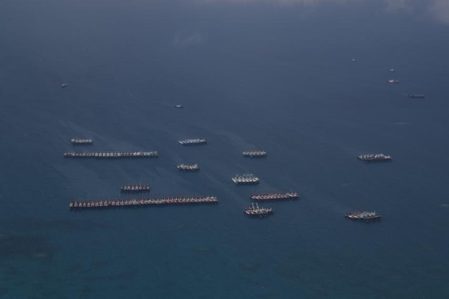
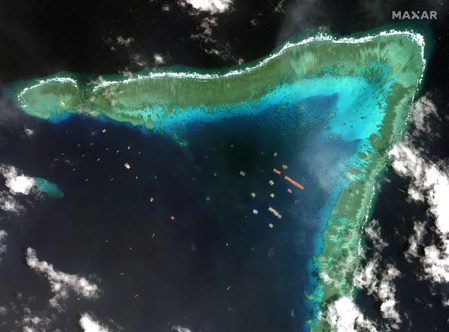

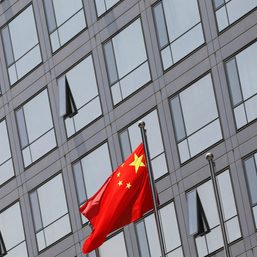
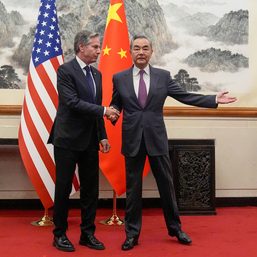

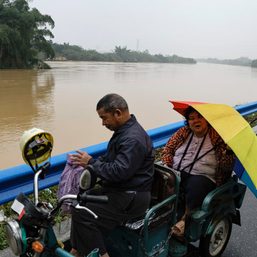
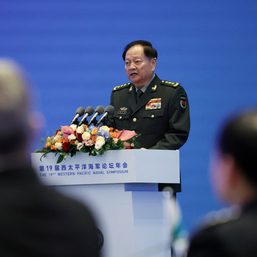



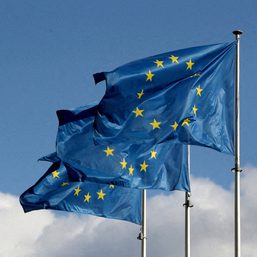
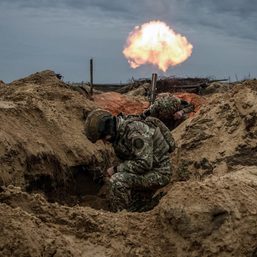
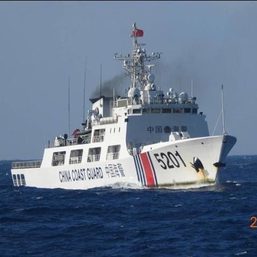


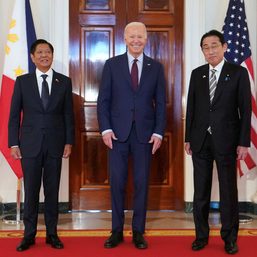
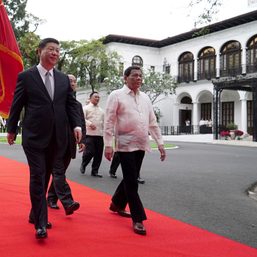
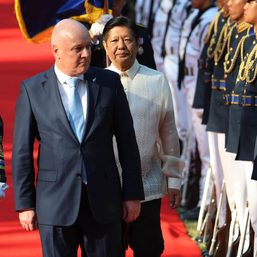

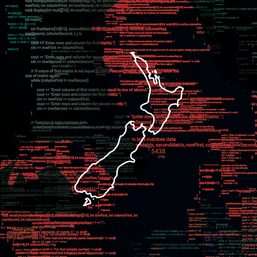
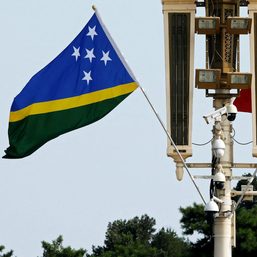
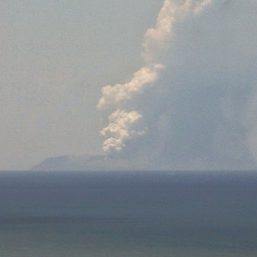
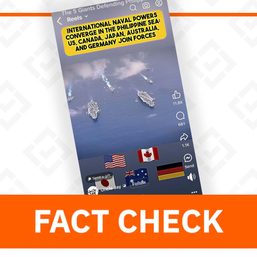
![[OPINION] Limited intake of international students: Is Canada knee-capping its future?](https://www.rappler.com/tachyon/2024/02/tl-canada-forgeign-student-cap-02232024-2.jpg?resize=257%2C257&crop_strategy=attention)
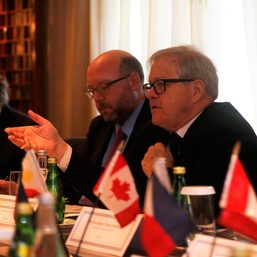

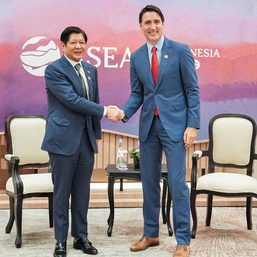
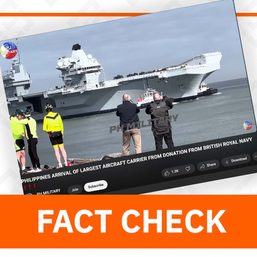

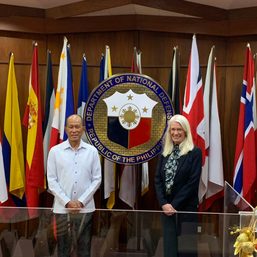
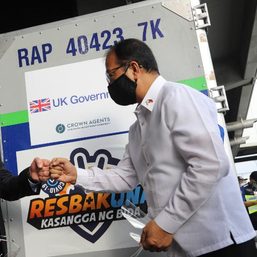
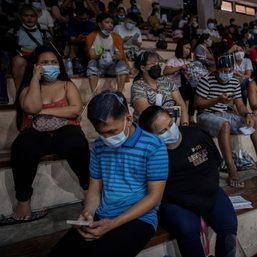
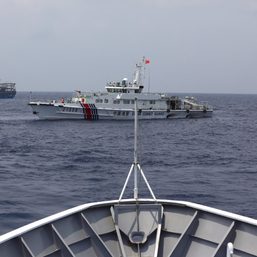



There are no comments yet. Add your comment to start the conversation.